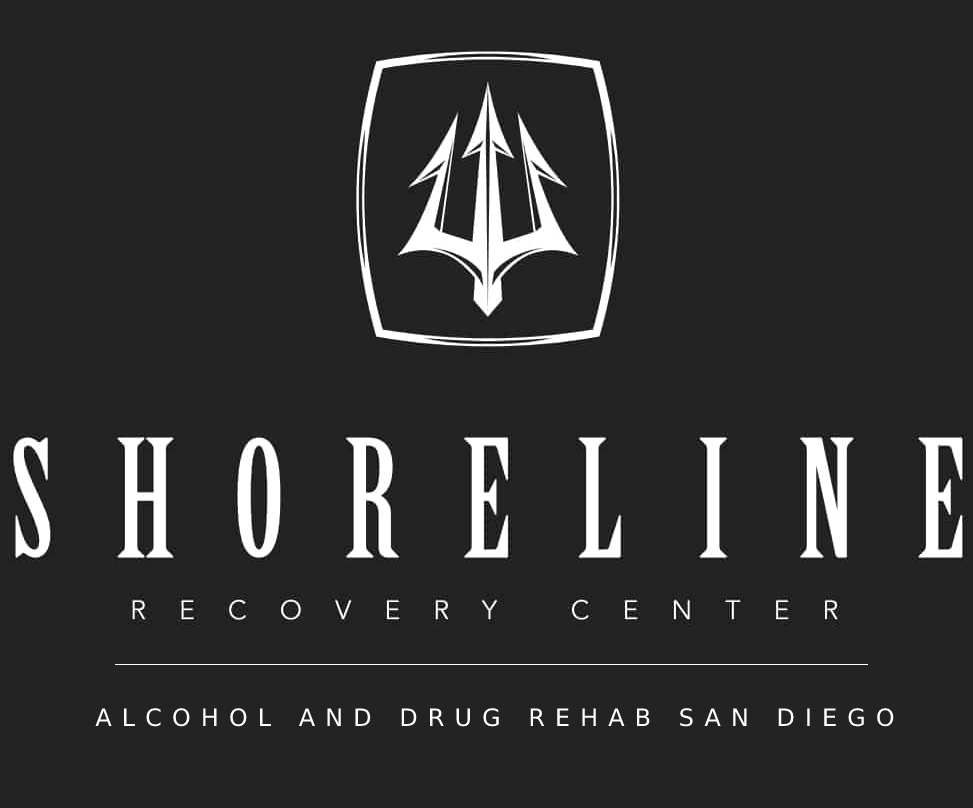Marijuana, also commonly known as cannabis, is very prominent in San Diego County and is considered one of the most-used illicit drugs today throughout the United States. Although there is a large number of people across the country that use marijuana, not all of these people require marijuana addiction treatment. It is typically only individuals who regularly abuse marijuana that will have an increased risk of developing a long-term dependency.
Marijuana is currently classified as being a Schedule 1 controlled substance because of the excessive habit-forming potential and has been seen being used in many different ways. Depending on the individual’s preference, you can smoke marijuana, inhale it in vapor-form, brew it and drink as a tea, apply it as a balm or skin lotion, or consume orally through different foods like brownies or chocolate bars.
When heavy marijuana use is frequent, many developed issues eventually turn into a marijuana use disorder. A marijuana dependence can occur very suddenly and usually without warning, and in some cases, it is getting strong enough to be considered an addiction.
Research shows that many of the people who chose to use marijuana before the age of 18 are anywhere between four and seven times more likely to have a marijuana use habit form, increasing the risk of a harmful addiction to marijuana forming.
It is safe to say that most people living with an addiction to the use of marijuana would not even consider the possibility that they may have a problem or that it is causing them any health issues. In some cases, even close friends or family members who spend a fair amount of time around them may not see it as a problem either.
However, many of these individuals would not be able to control their addiction no matter what the consequences may be. It is precisely for this group of people that a qualified rehab program is necessary to avoid circumstances escalating to a point where they feel like all hope is lost.
There are a number of certified drug and alcohol addiction treatment facilities such as Shoreline Recovery in San Diego, CA, that also provide professional treatment programs for marijuana abuse. These specialized short-term inpatient and outpatient treatment options are able to supply patients with all the necessary resources that they may need to overcome this harmful substance abuse habit.
It is typically not long after the initial stages of a marijuana rehab program where the patient quickly realizes that hope is certainly not lost and that a more fulfilling life is within reach. Coming to this realization is extremely comforting to many individuals who choose to receive treatment because the variety of side-effects and marijuana withdrawal symptoms that occur in most cases are not preferably ideal for experiencing by oneself.
The National Institute on Drug Abuse has outlined that quality marijuana rehab programs typically should include treatment options such as:
Professional residential (inpatient) addiction treatment programs
Ways to provide family involvement through therapy or activities
Group therapy
Various treatment methods including holistic approaches so that the requirements of any unique cases are met
Recreational therapies
Nutritional coaching
The trained professionals and addiction specialists at Shoreline Recovery in San Diego share a common interest in the care they have for the work that they do and really understand the steps that are often needed to meet the needs of an individual struggling with marijuana addiction.
Many years of debate and research have been done to know what marijuana might be an appropriate treatment option for physical or mental health conditions. Some of the more common conditions that marijuana use has proven to help decrease the symptoms of include:
Crohn’s disease
Alzheimer’s disease
Immune system targeting conditions like multiple sclerosis (MS) or HIV
Eating disorders
Nausea
Muscle spasms
Epilepsy
Chronic pains
Glaucoma
Seizures
Post-traumatic stress disorder (PTSD) and other severe forms of mental illness
One of the notable active chemicals that can be found in medical marijuana is known as cannabinoids. This chemical is significant because it is closely relatable to many of the others that the human body naturally creates on its own. These are the chemicals that are directly related to what makes the body gain an appetite, maintain a strong memory, all sorts of body movements, and joint pain.
The limited amounts of time that professionals have dedicated to the study of cannabinoids has given us a glimpse into some potential benefits that they may provide to an individual receiving medical marijuana treatment.
A few examples of these include:
Relaxes tightened muscles and can manage spasms with a patient struggling with multiple sclerosis (MS)
The ability is gained to control the nausea symptoms associated with cancer treatments using chemotherapy more effectively
Significantly reducing pain and inflammation
Decreases negative thoughts and feelings caused by clinical depression and heightened anxiety
Proven to help with gaining weight, which is necessary for patients who have cancer, are HIV-positive, or otherwise struggling with other forms of appetite loss
